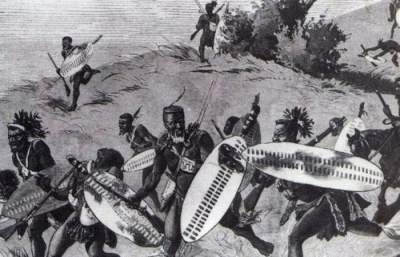 For tourists one of the most interesting places in China is the Forbidden city.
For tourists one of the most interesting places in China is the Forbidden city.
It was originally called, Szczenin – purple forbidden city, but after the overthrow of the monarchy and the reign of the Communist regime, in order not to offend the feelings of believers mere mortals, it was renamed the Palace – the Palace of the former rulers. The forbidden city is the largest Palace complex in the world, the main abode of Chinese emperors.
The Palace complex was the official residence of the last two dynasties of Chinese emperors of the Ming and Qing dynasties. All in all, hence the rule of 24 emperors and one concubine-Empress (unofficially). The forbidden city has four gates: North – Gate of military prowess (now it is carried out to output only from the territory of the Palace), South Gate of heavenly peace (those are now safely hanging the portrait of comrade Mao), the Western and Eastern gates (was on their side, we recommend you to get into the forbidden city).
The area of the Forbidden city is 720 thousand square meters (for comparison the area of the territory of the Moscow Kremlin 280 thousand square meters). But only in the Palace of 9999 rooms. A reasonable question arises: why not 10 000? According to legend, the heavenly Emperor (or better to say, God) to his chamber was exactly 10,000 spaces, and the Chinese Emperor as his son, but cannot surpass him in greatness, therefore, to seek to approach him.
According to legend, the idea and architectural design of the Palace came in a dream a monk who shared his thoughts with Prince Zhu Di, who, by happy coincidence, was just following the orders of the Yongle Emperor (Ming dynasty) on the transfer of the capital to Beijing, where divine emperors were to rule the country in all the splendor of their greatness. The implementation plan took 15 years, 100 million bricks, 200 million tiles, countless marble and an unimaginable number of slaves who laid down their lives in the construction process.
The city lies on the so-called Beijing axis – all the buildings aligned from South to North. The city itself is sort of divided into internal and external part. External (to the South) has been used for various ceremonies, and the inner (North) – this is a private area of the Emperor and his entourage. This closure lasted until the early 20th century, when the monarchy was finally overthrown in China. And up to this point the square in front of the Imperial Palace could be present only the most senior people of the country and representatives of other States (as a sign of the Supreme mercy) dressed in the best and most expensive outfits. No stand was quiet, not moving and not in any way to produce not a single sound so as not to disturb the sacred silence (that would be modern Chinese this to learn).
Mere mortals (laobaixing) even close could not approach the site of the Forbidden city, and the entrance to the Palace without permission was punishable by a slow and painful death, not only the offender but his entire family to the 7th of the knee, including servants and other servants. The inner part of the Palace was inaccessible to anyone except the Emperor, his family, concubines, and closest servants.
Speaking of servants. The fact that the Emperor was considered a true Son of Heaven, almost a deity, and therefore, ordinary people could not only maintain, but even to see out the ceremonial vestments. So for this purpose a specially selected and saved people, create a whole caste of eunuchs – tizzani. But they performed not only the functions of “bed guards” in Muslim countries, it was employees with a variety of duties, providing the functioning of the Imperial Palace. Castrati even commander of the capital garrison, which guarded the Forbidden city and the Emperor.
Foreigners visiting the Forbidden city during the Ming dynasty, was struck by the number of similarly dressed vaguely similar people stately pacing the Palace grounds. Basically, they had a repulsive appearance, cheeky demeanor and speech, they have no clear evidence of gender and age, and smelled like he defecated himself. They were all eunuchs. During the reign of the emperors of the Ming dynasty, eunuchs had reached such a level of greatness that sometimes historians call the period of their reign, the era of castrati. Eunuchs achieved such power and so insolent of permissiveness that actually provoked the popular revolt, in which the Ming dynasty was overthrown.
















